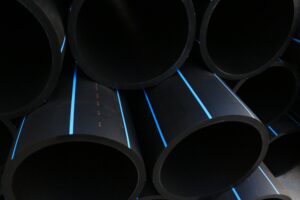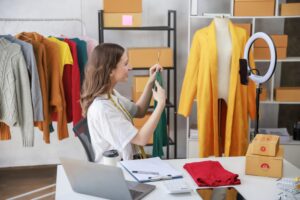How to Choose the Best Baby Ear Protection for Your Little One

Baby ear protection headphones are essential for safeguarding a baby’s delicate hearing from loud noises. Babies are particularly sensitive to sound, and exposure to high noise levels can lead to hearing damage or discomfort. Environments like concerts, fireworks, or even noisy appliances can pose significant risks. Selecting the right Baby ear protection headphones can help ensure that a baby’s hearing is protected and maintained. Understanding how to choose these headphones effectively will contribute to your little one’s long-term hearing health and comfort.
Types of Baby Ear Protection
There are several types of ear protection available for babies, including ear muffs and ear plugs. Ear muffs are designed to cover the entire ear and provide a cushion that reduces noise levels. They are often adjustable, making them suitable for growing babies. On the other hand, ear plugs are small and fit directly into the ear canal. They are generally less comfortable for babies and may not provide as secure a fit as ear muffs.
Comfort and Fit
Ensuring that the ear protection is comfortable for your baby is crucial. Ear muffs should have soft padding and an adjustable band to fit snugly but comfortably around your baby’s head. A good fit is essential to ensure that the ear muffs stay in place and provide effective noise reduction.
Check the materials used in the ear protection to ensure they are gentle on your baby’s skin. Hypoallergenic materials are often preferred to avoid any potential irritation. For elderly caregivers, selecting ear protection with adjustable and padded features can make it easier to use and ensure your baby’s comfort.
Noise Reduction Rating
The effectiveness of ear protection is often measured by its Noise Reduction Rating (NRR). This rating indicates how much noise the protection can block out. For baby ear protection, look for products with a high NRR to ensure they provide adequate noise reduction.
Most ear muffs designed for babies will have a good NRR, but it’s always a good idea to check the specifications. A higher NRR means better protection against harmful noise levels. For elderly individuals, understanding this rating can help in choosing the best option for safeguarding your baby’s hearing.
Ease of Use and Maintenance
Consider how easy it is to use and maintain the ear protection. Ear muffs should be easy to put on and take off, even if your baby is moving around. Additionally, they should be easy to clean, as babies can be prone to spills and messes.
Look for ear protection that is machine washable or can be easily wiped clean. This will help maintain hygiene and ensure that the ear protection remains in good condition. For elderly caregivers, simplicity and ease of maintenance are key factors in choosing the right ear protection for their little one.
Conclusion
Choosing the best baby ear protection involves considering factors like comfort, fit, noise reduction, and ease of use. These aspects and selecting high-quality ear protection, you can ensure that your baby’s hearing is well-protected from harmful noise levels. For elderly caregivers and grandparents, focusing on products that are comfortable, easy to use, and provide effective noise reduction will help keep your little one’s hearing safe and healthy.





